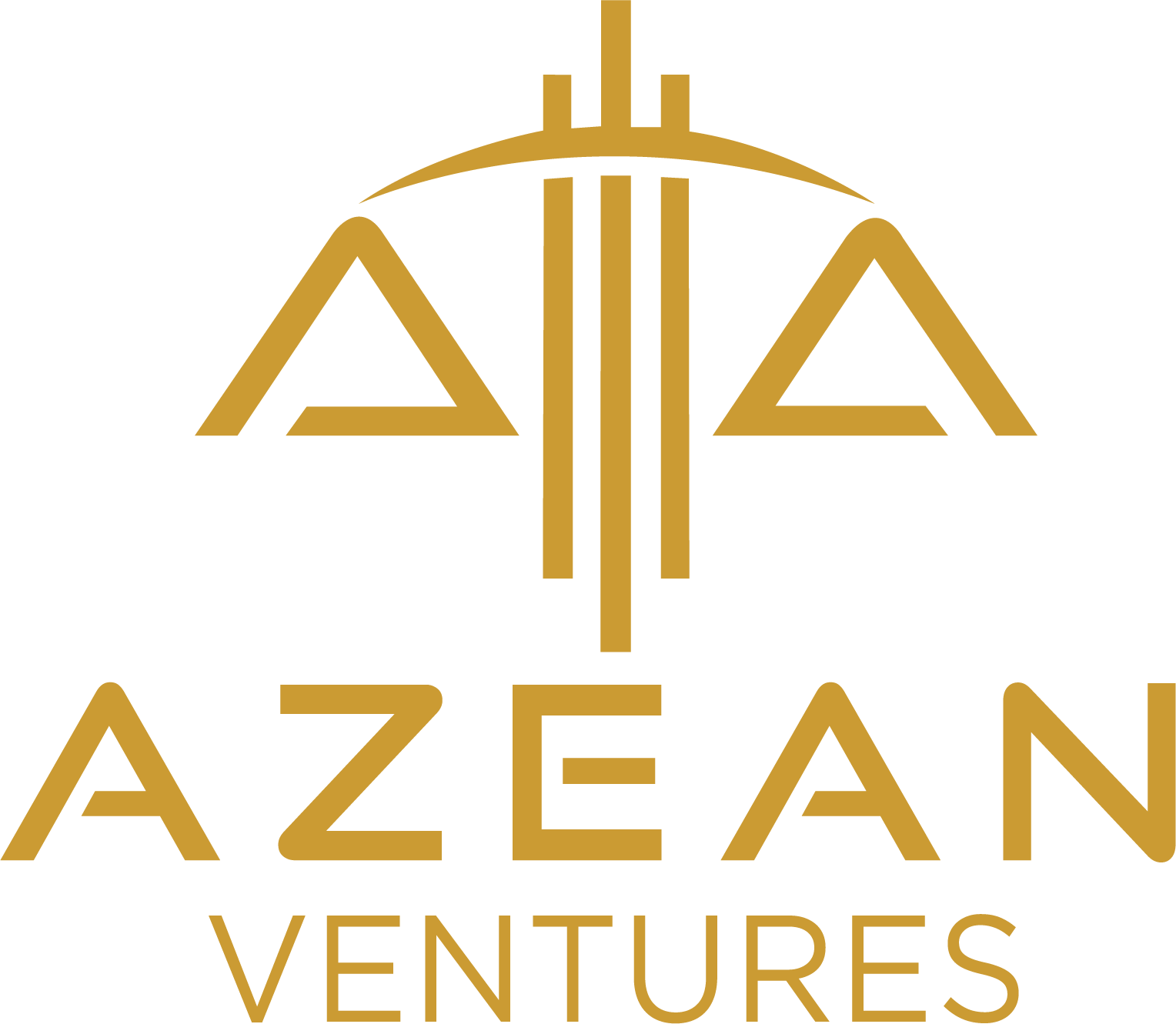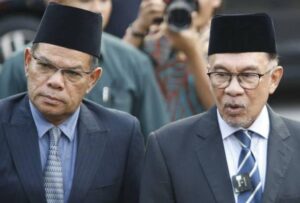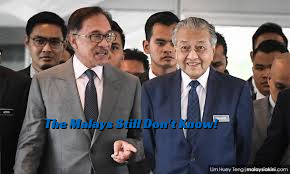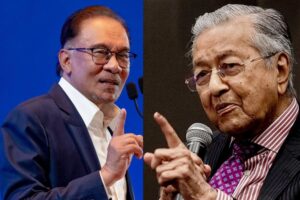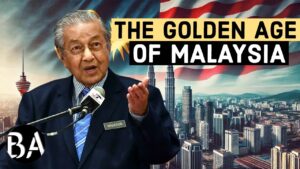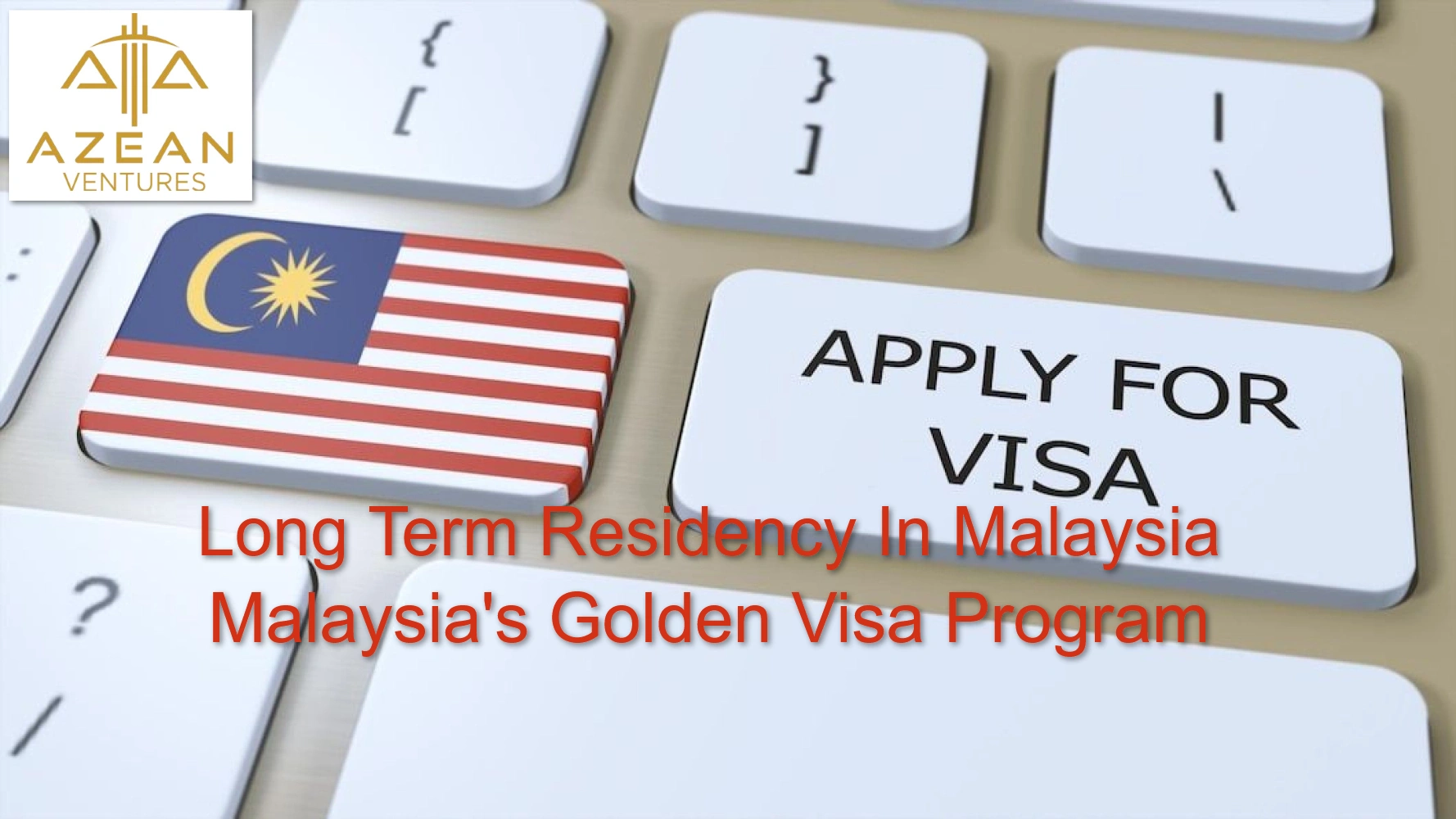 By Azean Ventures — The Azean Angle
By Azean Ventures — The Azean Angle
Malaysia’s Premium Visa Programme (PVIP) — widely marketed as the country’s “Golden Visa” — has become one of the most misunderstood long-term residency pathways in the region. It is promoted as a 20-year visa that allows you to live, work, invest, and do business in Malaysia, but the fine print is often buried under outdated agent brochures, old MM2H criteria and “recycled” promotional materials.
Here, Azean Ventures sets out the true, current PVIP requirements, clarifies how it compares with MM2H, and explains why the visa is issued in 5-year tranches even though it is marketed as a 20-year programme.
1. What PVIP Actually Is — and Why It Exists.
PVIP is Malaysia’s premium long-term residency programme designed to attract:
High-net-worth individuals
International entrepreneurs
Investors
Global talent and remote executives
Unlike MM2H (which is essentially a long-stay lifestyle programme), PVIP is explicitly structured so that participants may:
This ability to work/do business is the main benefit — and the reason for the hefty
Participation Fee.
Why?
Because unlike MM2H, PVIP provides a direct, immediate benefit to the Malaysian Government. The participation fee goes directly to the Treasury; it is revenue, not a refundable deposit. The liquid asset and fixed deposit requirements benefit the financial system — but this money still belongs to the applicant. PVIP only makes strategic sense for Malaysia because the participation fee is an economic contribution up front.
The Distinction Everyone Forgets: PVIP is not a path to citizenship — deliberately.
Malaysia is generous, but not naïve.
The programme grants a 20-year renewable residency visa to high-net-worth individuals, allowing them to live, invest, hire, and build here — without entangling the state in citizenship, voting rights, or political integration. The government benefits from capital inflows. Applicants benefit from stability. Nobody burdens the welfare system. Everyone wins.
This model closely mirrors what Singapore and the UAE have perfected:
long-term residence without automatic political absorption. But unlike Singapore, PVIP does not demand high-pressure investment quotas or mandatory relocation. It is optional residency — a luxury, not a legal obligation.
2. PVIP’s 20-Year Visa — Issued in Renewable 5-Year Tranches
There is frequent confusion here. The Official Clause (quoted verbatim):
From the PVIP Official Programme Guide, Section 3.1:
“Successful participants will be granted a 20-year residency pass, issued in 5-year renewable blocks, subject to compliance with programme requirements and satisfactory background checks.”
What this means:
Malaysia wants to periodically review:
Whether applicants are contributing economically
Whether they are involved in any criminal activity
Whether they maintain good conduct
Whether they align with local regulations and norms
Whether dependents remain eligible
This is normal for residency programmes globally — and ensures that long-term residents remain net contributors rather than liabilities.
So what happens after 20 years? (The part most people misunderstand).
This is where Malaysia is smarter than most countries that run “golden visa” programmes. The 20-year term is not the end of the story — it’s merely the end of the first cycle.
After two decades under PVIP, residents essentially have three pathways, each designed to maintain Malaysia’s economic advantage while still protecting national interests.
a. Renew the PVIP for another 20 years (the most common outcome)
There is no cap on how many times one can renew PVIP. As long as the holder continues to meet the criteria — primarily financial stability and a clean record — renewal is almost guaranteed.
For most investors, this is ideal. They keep their lifestyle, their home, their business links, their Malaysian base — all without touching political or citizenship complexities.
This makes PVIP one of the most stable long-term residency products in Asia.
b. Transition to a specialised long-term residence status (case-by-case)
Some residents become deeply rooted after two decades:
They build companies.
They hire Malaysians.
They contribute actively to sectors like tech, medical, education, manufacturing, or finance.
Their children grow up Malaysian in everything but passport.
For such cases, Malaysia has several legal levers it can use — not automatic, not guaranteed, but available — to grant a more permanent or specialised residence category.
This is similar to how Singapore handles exceptionally rooted long-term residents: entirely discretionary, tied to contributions, and assessed individually.
c. Return home or relocate — but keep Malaysian assets, businesses, and ties.
Not everyone will stay. Some will retire further, relocate closer to family, or diversify their bases.
But many will keep Malaysian properties, businesses, and banking relationships, continuing to inject capital into the economy even if they no longer reside here full-time.
This is the hidden brilliance of PVIP: the economic benefits often continue long after residency ends.
3. PVIP Eligibility Criteria & Financial Requirements (Updated)
Based on the latest Immigration Department PVIP Guide:
a. Liquid Assets Requirement.
Minimum RM1 million in liquid assets.
These may include:
b. Fixed Deposit Requirement.
RM1 million placed in a Malaysian bank.
Clause (verbatim):
“Participants must place a minimum RM1,000,000 fixed deposit with any licensed financial institution in Malaysia. After one year, up to 50% may be withdrawn for property purchase, healthcare, or education, provided that RM500,000 remains for the duration of the programme.”
This FD rule is frequently misquoted online — often mixed up with old MM2H requirements.
c. Participation Fee.
RM200,000 for the main applicant
RM100,000 for each dependent
This is the real price of PVIP and the clearest difference from MM2H. This fee goes directly to the Government.
d. Dependents Allowed.
PLEASE NOTE: The PVIP imposes two separate financial thresholds: a RM1 million liquid-assets requirement (which can be held anywhere in the world), and a RM1 million fixed-deposit placement in a Malaysian bank after approval, but before the visa is issued. The liquid-asset requirement assesses global financial capacity, while the fixed-deposit requirement anchors part of the applicant’s wealth inside Malaysia for the duration of the visa. Many agents mistakenly conflate these two requirements — but they serve different policy purposes.
4. How PVIP Compares to MM2H (Updated)
There is widespread confusion because old MM2H criteria are still circulated online by inactive agents.
Here is the accurate comparison as of 2025:
Feature | PVIP (Golden Visa) | MM2H (National / Silver Tier) |
|---|
Visa Length | 20 years (issued in 5-year tranches) | 5 years (renewable) |
Work / Business Allowed? | YES | NO (strictly prohibited) |
Fixed Deposit | RM1,000,000 (50% withdrawable after 1 yr) | Silver Tier: RM500,000 (older RM200k rules no longer apply) |
Participation Fee | Mandatory: RM200k + RM100k/dependent | None |
Main Purpose | Economic contribution, talent attraction | Long-stay lifestyle visa |
Who Should Apply? | Entrepreneurs, remote execs, investors, global families | Retirees, long-stay residents, lifestyle movers |
✦ Why MM2H is different
MM2H does not offer work rights because it provides no direct fiscal benefit to the Government. The FD requirement benefits banks, not public revenue.
✦ Why PVIP allows work/business
Because the Government is directly compensated through the participation fee — its “economic benefit” is immediate and guaranteed.
5. Why Malaysia Requires a Benefit for Any Long-term Residency.
Every country that offers a long-term residency programme requires:
New job creation
Investment
Tax contribution
Talent development
Revenue injection
Malaysia is no exception. PVIP is designed so that the country receives:
Direct financial contribution (participation fee)
Capital inflow (RM1m FD + RM1m liquid assets)
Economic activity (business, employment, property purchases)
This ensures the programme is not “open immigration” — but an exchange of value.
6. Common Misinformation & Outdated Requirements.
Because some agents still recycle old MM2H brochures, applicants often see:
❌ RM200k / RM100k fixed deposit rules (obsolete);
❌ Claims that PVIP fixed deposits are fully withdrawable (incorrect);
❌ Claims that PVIP grants immediate permanent residency (false);
❌ Confusion between MM2H tiers vs state programmes (e.g., Sabah/Sarawak MM2H).
The updated rules should always be verified against:
✓ Immigration Department PVIP Portal.
✓ Official PVIP Programme Guide.
✓ Financial Institutions’ FD compliance instructions.
7. Final Thoughts — PVIP is Malaysia’s Version Of A Golden Visa.
MM2H is a lifestyle scheme. PVIP is an economic residency package with:
Long-term certainty
Full work and business rights
A 20-year renewable structure
A clear contribution model
High liquidity and investment thresholds
For entrepreneurs, global families, and high-net-worth movers, PVIP remains one of the most attractive Golden Visa programmes in the region — less expensive than Singapore’s EntrePass or Thailand’s Elite Work Visa, yet offering far greater freedom of activity than MM2H.

